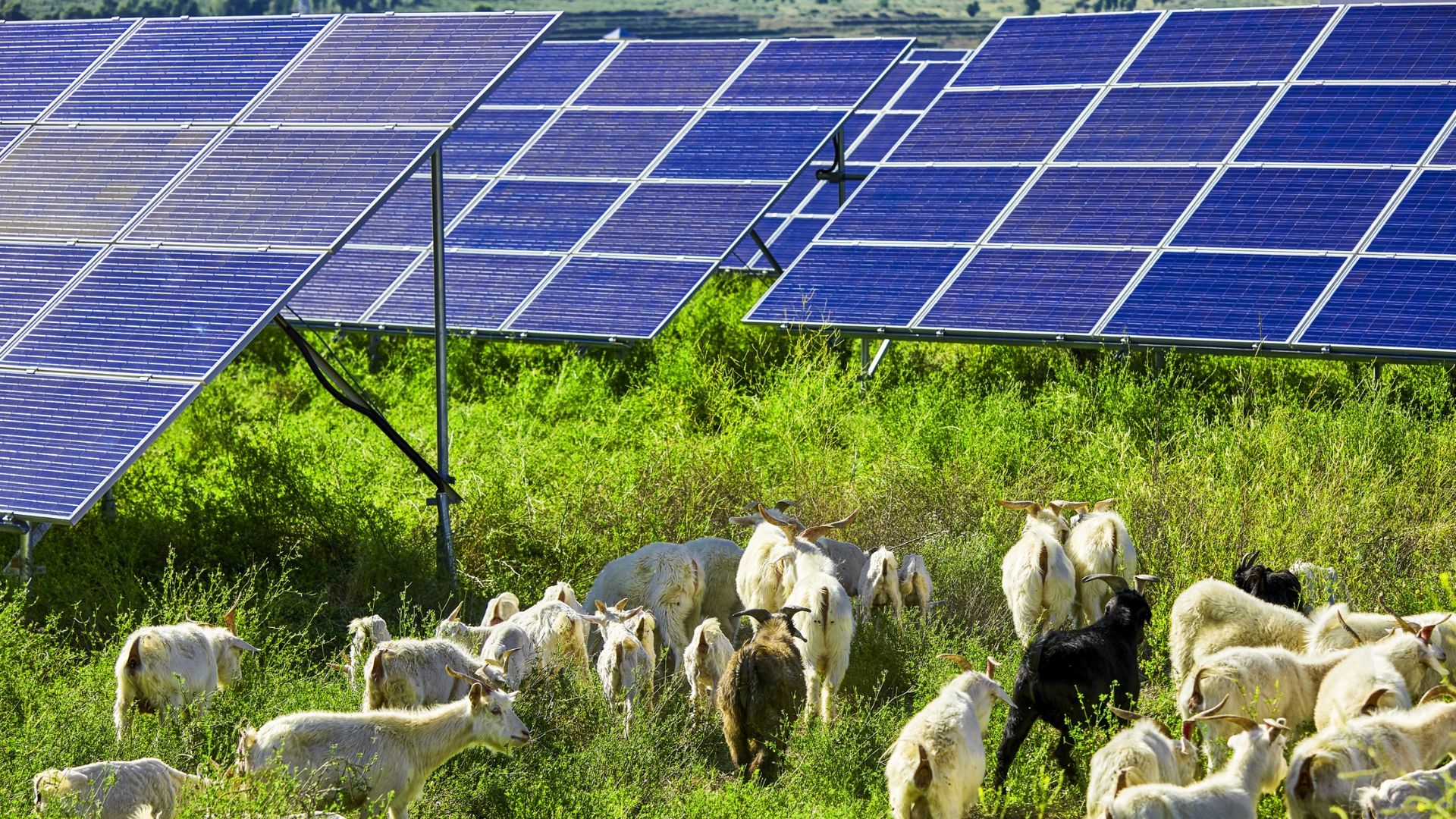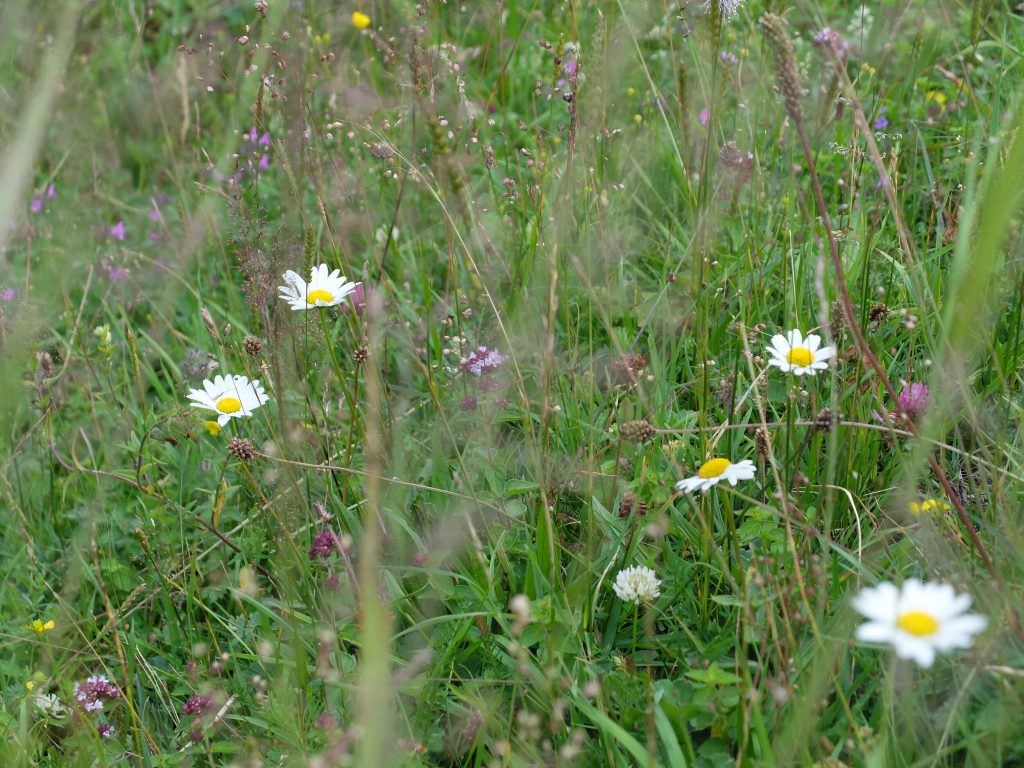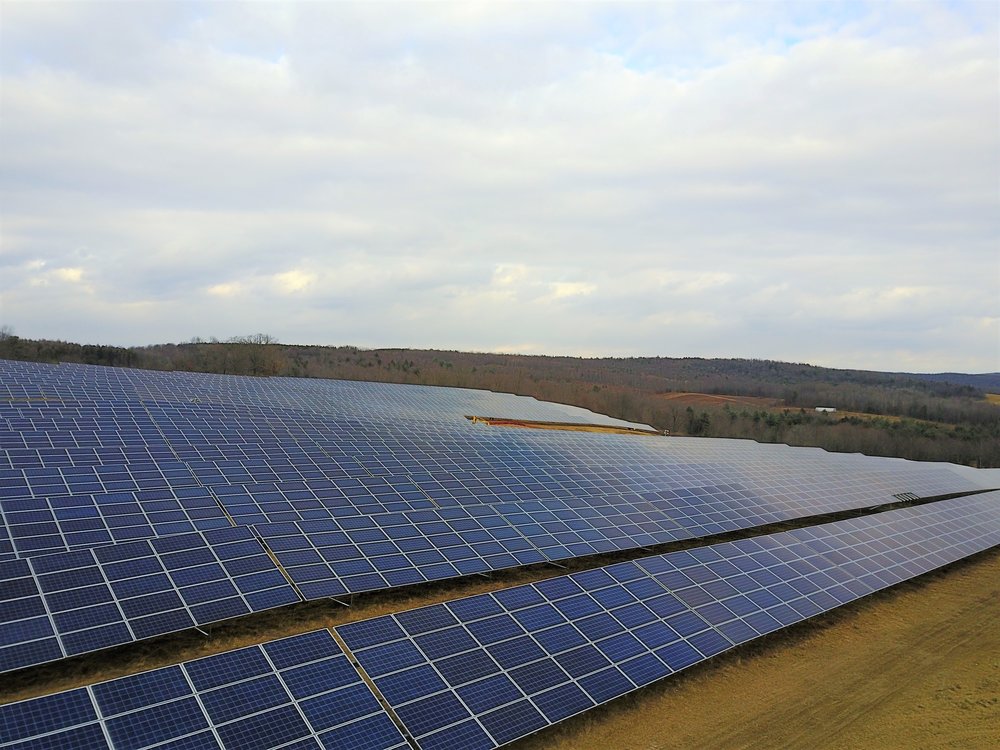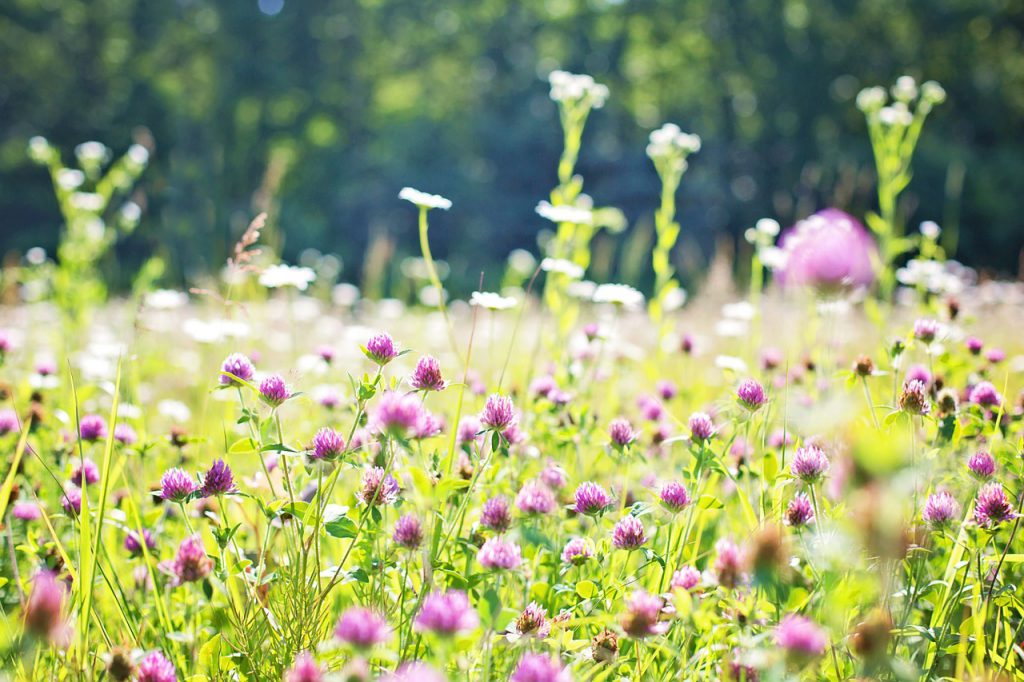We always talk about how solar farms work for people. Energy savings, clean power, and the like all give humans things they want. But what about animals? What can solar farms do for them?
You probably know by now that solar farms can lower your bills and bring your community clean energy. But, as anyone who lives near a solar array can attest, there are both right and wrong ways to build solar farms.
The simple motto: solar farms that harm their local environment are worse. Solar farms that live in harmony with the local environment, and even help it thrive, are better.
As it turns out, better solar farms are totally achievable–and they’re becoming the norm! The results are beautiful (and in some cases, adorable too).
Table of Contents
Solar Grazing Grounds
Solar panels and native plants form a strong team–in fact, some plants actually fare better with the aid of occasional shade from the panels. Together, they perfectly represent the clean energy movement: man living in harmony with the natural world, forming a sustainable future for both.
Plants on solar farms open up new opportunities for wildlife to thrive, too–from sheep to butterflies to birds.
Now that we know that solar farms can support plenty of plants, grasses, and flowers, we have to decide who’s going to mow and groom that land. One option is to use traditional lawn mowers. But where’s the fun in that?
As it turns out, sheep make excellent mowers! Sheep thrive on solar farms, munching on grass and the occasional extra snack–and when it rains, sheep can find easy shelter underneath the panels (though a responsible herder will make sure they have a more thorough structure, too). Odd angles can make it tough for a normal lawn mower to reach spots underneath solar panels. Sheep, however, can graze anywhere under and around the panels without a problem.
Plus, how much cuter can it get than this photo?

Solar Farms: a Safe Haven For Pollinators?
You might not notice them much–you might even be a little scared of them–but we rely on bees for our food every day. By spreading pollen from one flower to another, bees and other pollinators are essential to the growth of about one third of the food we eat. Apples, soybeans, avocados, cherries, almonds, cranberries, blueberries, cucumbers, broccoli…you name it. They all rely on pollinators, and bees are by far the best pollinator on the planet.
If that wasn’t enough, bees create honey, which, aside from being a brilliant addition to a piece of toast in the morning, accounts for hundreds of millions of dollars in sales in the U.S. alone.
Pollinator-friendly solar farms are a bright new trend for bees. Since solar developers around the country are realizing that plants and flowers can thrive on solar farms, many of them are taking advantage to give bees a safe home. In fact, businesses like Ernst Pollinator Service and Prairie Restorations exist to bring solar farms up to pollinator standards. More pollinators also intersect neatly with grazing animals: healthy pollinators help grow food that feeds the sheep on a solar farm.
Solar farms provide a stable home for pollinators. Once completed, a solar farm will typically stay for at least 20-30 years with no new development. No parking lots coming in, no big renovations or overhauls. No pesticides, either, which are one of the biggest threats to bee populations. Just solar panels, grass, and flowers.
A Home for Bees Means a Home for Other Animals
When flowers and bees thrive, benefits ripple across the food chain. We talked about our fruits and vegetables, but people are far from the only ones who stand to gain from pollinator-friendly solar farms. Bees and flowers sit at the base of the food chain, meaning a variety of other local animals rely on them either directly or indirectly for survival. It’s becoming clearer that solar farms can shine hope on butterflies and other pollinators like hummingbirds and bats. Monarch butterflies, especially, could get a much-needed population boost from good solar farm habitats.
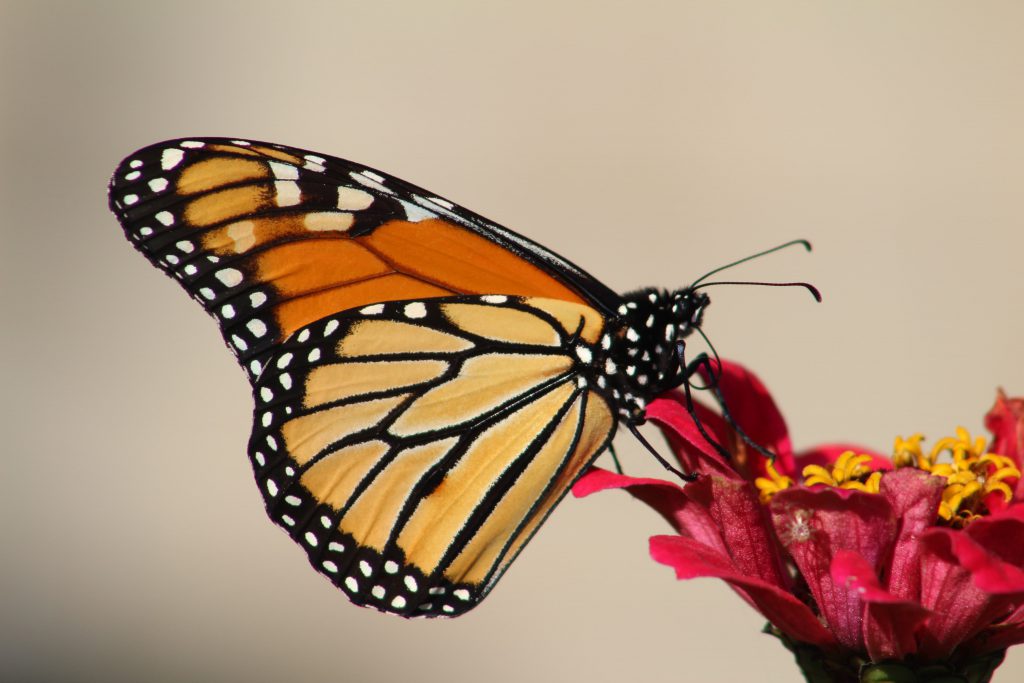
Wildlife-Friendly Solar Farms Look Better
Think about it: would you rather look at a large brown patch with solar panels on it, or a pleasant green landscape with solar panels, low-lying meadows, and animals?
Aesthetics are more than just a shallow preference when it comes to solar farms. While appearance might not affect how much energy the solar panels produce, it does affect how a solar farm impacts its local community. These projects are specifically planned to benefit local residents most of all. Solar developers owe it to local residents not to scar the place they call home. The developers that do so best will have the easiest time earning local support for their projects.
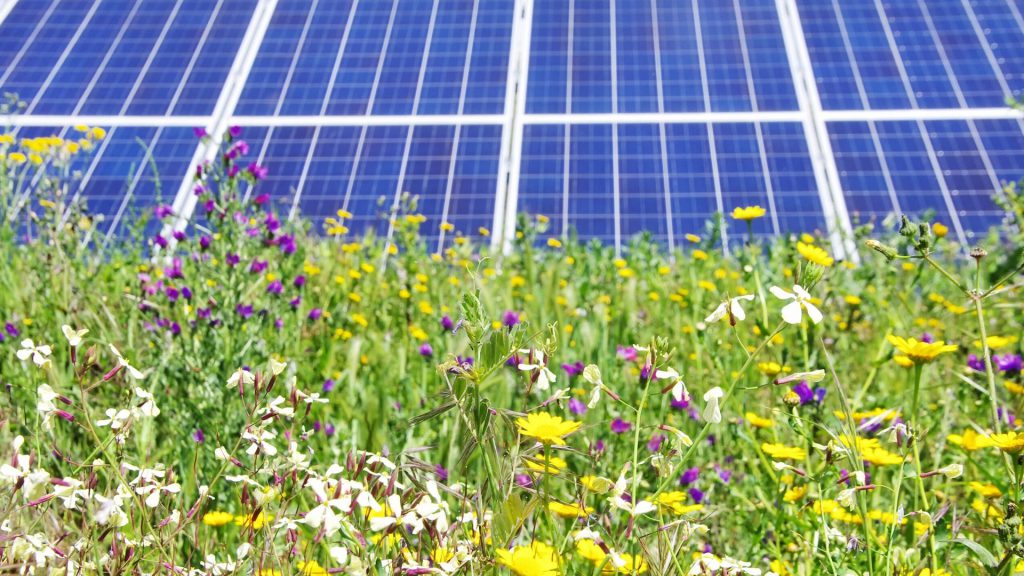
Building plant and animal-friendly solar farms comes with another bonus benefit, as well: it helps keep the soil rich with nutrients so that, when it’s time to retire the solar panels, the land owner has options. If they want to reinstall new panels, that’s easy to do without harming the existing ecosystem they’ve built. If they want to remove the solar farm, they can easily transition the space into farmland.
So there you have it! Solar farms can be great for wildlife, not just people. Let’s make sure that’s the norm across the solar energy industry.
